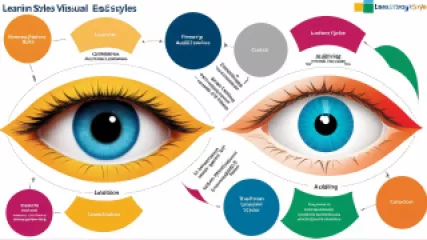What Are the Best Practices to Care for Seniors' Mental Wellness?
před 1 rokem
Péče o duševní zdraví seniorů
The Ultimate Guide to Learning Styles in Digital Therapy Sessions
před 1 rokem
Styly učení
The Ultimate Guide to Developing Kids' Inner Strength and Resilience
před 1 rokem
Budování odolnosti u dětí
Developing Meaningful Friendships: What Are the Keys to Building Strong Social Connections?
před 1 rokem
Psychologie přátelství
The Ultimate Guide to Understanding and Healing Emotional Neglect
před 1 rokem
Porozumění emočnímu zanedbávání
What are the Key Special Education Services?
před 1 rokem
Speciální vzdělávání
A Step-by-Step Guide to Special Education Consultations
před 1 rokem
Speciální vzdělávání
Discover Your Learning Style: A Step-by-Step Guide to Boosting Emotional Intelligence
před 1 rokem
Styly učení
From Overwhelmed to Empowered: My Journey Overcoming Academic Stress
před 1 rokem
Zvládání akademického tlaku
10 Proven Strategies to Build Mental Toughness in Children
před 1 rokem
Budování odolnosti u dětí
The Ultimate Guide to Supporting Aging Parents
před 1 rokem
Stárnoucí rodiče
5 Steps to Navigate Ethical Dilemmas
před 1 rokem
Etická dilemata
10 Bonding Activities to Strengthen the Parent-Child Relationship
před 1 rokem
Vztah rodič-dítě
Growing Through Challenges: A Child's Journey to Resilience
před 1 rokem
Budování odolnosti u dětí
Exploring the Differences Between Mindfulness and Meditation
před 1 rokem
Všímavost vs. meditace















